 KEY WEST – The sky is a deep blue dome over Key West Cemetery as visitors walk among the thousands of graves, mausoleums and family plots where the people who built this city rest.
KEY WEST – The sky is a deep blue dome over Key West Cemetery as visitors walk among the thousands of graves, mausoleums and family plots where the people who built this city rest.
In one corner, under the spreading branches of an ancient tree, Roosevelt Sands Jr. sits in a folding chair and explains to a small group of visitors his father’s role in Key West’s history.
The elder Sands, whose remains lie in a concrete mausoleum behind where his son is sitting, was a community leader, who, for decades, pushed for better housing, health care facilities and opportunities for African Americans.
His was a voice of racial reason since before the civil rights era. He served as a member of community boards and of the Key West Coconuts baseball team and was almost recruited to play Major League Baseball by the same man who recruited Jackie Robinson a few years later. Public housing, a community health center and a street are named after Sands, who died on May 26, 1997.
“The barber, my teachers, everyone would tell me, ‘If you become half the man your father was, you’ll be a good man,’” the younger Sands — he’s in his 80s — tells a handful of visitors. “I heard that over the years. Then, when I was confined to a hospital, I heard two men outside my hospital room and one was saying, ‘Let’s visit Roosevelt. He’s a good man, just like his daddy.’ Then I knew I was OK.”
Sands, himself a community treasure – he recites Martin Luther King Jr.’s “I Have a Dream” speech at Cornish Memorial AME Zion Church on King’s birth anniversary every year – was one of several African-American descendants participating in this Historic Key West Cemetery Stroll honoring Black History Month.
The tour is sponsored by the city of Key West, Historic Florida Keys Foundation and Friends of the Key West Historic Cemetery Committee.
The idea is to put descendants at the graves of their ancestors and let them talk about the role the family member entombed behind them played in Key West’s history.
The historic figures include:
• Willie Ward, a civil rights leader, singer, radio host and press foreman at The Key West Citizen for many years
• George Adderly, a Bahamian who settled in the Middle Keys and established a small town by negotiating with Henry Flagler to build a rail stop there
• Sandy Cornish, a freed slave who became one of Key West’s richest residents
• Thomas Romer, whom the U.S. Navy hired in the war of 1812 to keep the
waters around Key West clear of pirates, foreign-flag ships, blockade runners, and other miscreant captains and crew. He lived to be 108.
The Rev. Bernard Lane, pastor of Bethel AME Church on Truman Avenue, is responsible for telling Romer’s story to visitors.
“I am astounded that all these things existed in Key West,” Lane says. “Pirates, raiding ships – Romer acted like Homeland Security even way back then.”
• Ellen Welters Sanchez, teacher, composer, musician and godmother to 20 children, who wrote The Beautiful Isle of Key West
• Nelson English, the youngest black postmaster general in Key West’s history
• Five African-American Navy crewmen buried at the U.S.S. Battleship Maine Monument in the cemetery.
The stories of the ancestors raise emotions in the descendants who are relating their biographies.
Willie Ward’s grave is in an elevated concrete-encased sepulcher a few steps behind the spot where Peggy Ward Grant, his daughter, stands and recounts her father’s life to a group of tour guests.
“The first time I read his story I became emotional,” Grant says. “I didn’t know I was going to do that. Telling his story brought back a rush of emotions as I shared the person I know. It was an honor to be able to do it.”
Ward was the local leader of the National Association for the Advancement of Colored People and the founder of the Neighborhood Improvement Association in Key West. He died in September 1994.
The 19-acre cemetery, in places, has the feel of a lost city – some plants and trees are untamed, adding to the feeling of the passage of time in the cemetery’s plazas and tiny streets.
Perhaps the story that most poignantly tells of the struggle of black Key West is that of Sandy Cornish (1793-1869), who was a slave. Along with his wife, he worked long and hard to buy freedom. But his “freedom papers,” which documented his status as a non-slave, were lost in a fire. While in Port Leon, six slave traders declared him an escaped slave and arranged to take him to New Orleans to sell him at auction.
Cornish grabbed some knives and a hatchet and walked down to the docks at Port Leon, his wife pushing an empty wheelbarrow behind him, Wilhelmina Lopez Martin tells visitors. With his accusers and the public watching, Cornish injured himself so he’d be of no value at auction, Martin says.
“He took out a knife and cut the muscles on his ankle joints, plunged another knife into his hip joint, cut off the fingers of his left hand with a hatchet and put his little finger in his mouth like it was a cigar,” Martin recounts.
Cornish’s wife rolled him home in the wheelbarrow. He eventually recovered but walked with the aid of a cane for the rest of his life. In the 1840s, he and his wife came to Key West and started a vegetable farm on Simonton Street. He also founded the church where he often preached. They became one of the city’s richest couples.
Martin is not a descendant of Cornish’s but she and her family worship at the church he founded on Whitehead Street.
Elizabeth Ignoffo, who hears Martin describe Cornish’s dramatic move to win freedom, says Cornish’s story and those of other black historical figures in Key West provide a powerful lesson.
“It explains how some people lived. It was a much more difficult life in the 1800s,” Ignoffo says. “Personal stories is how we understand how people lived.”

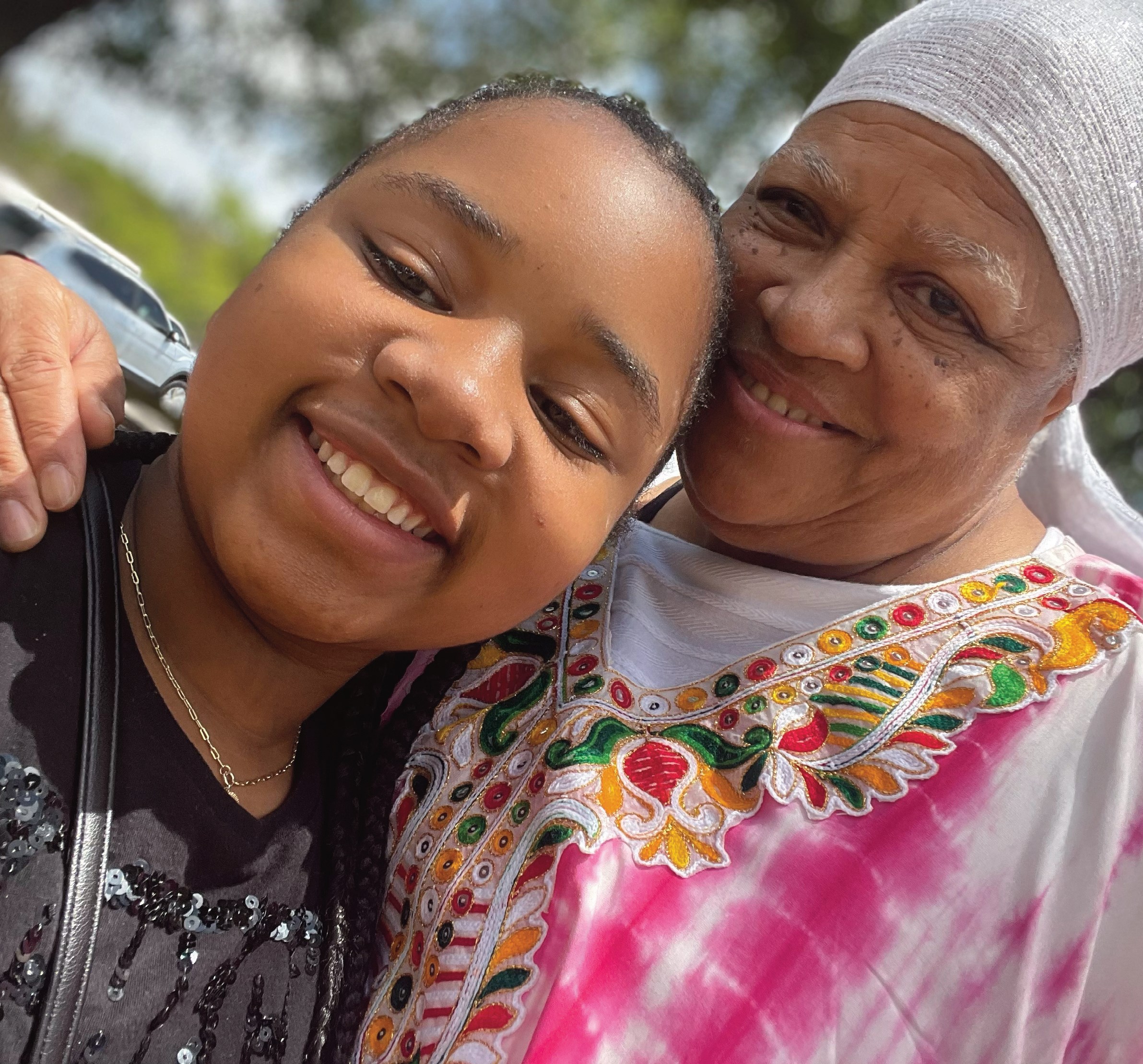

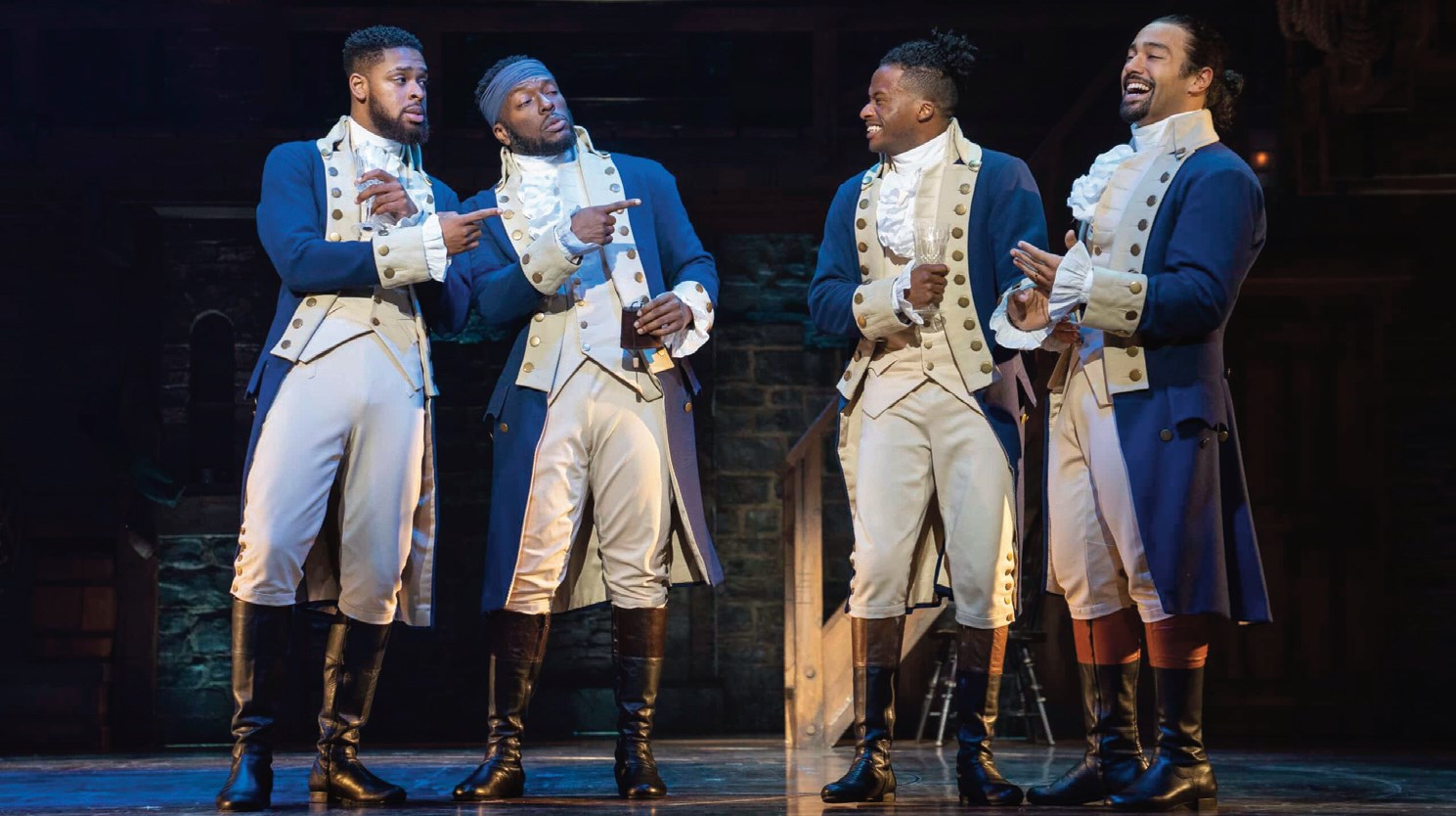
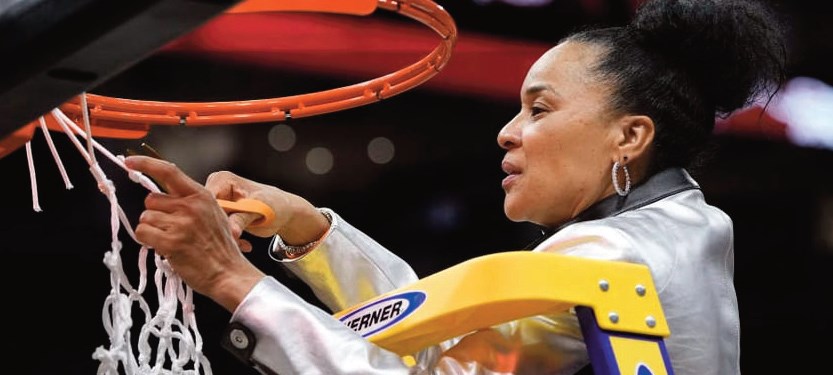
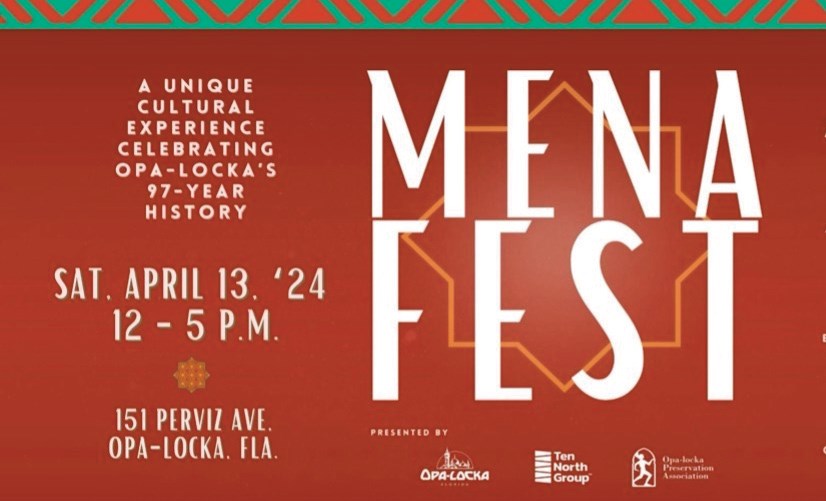
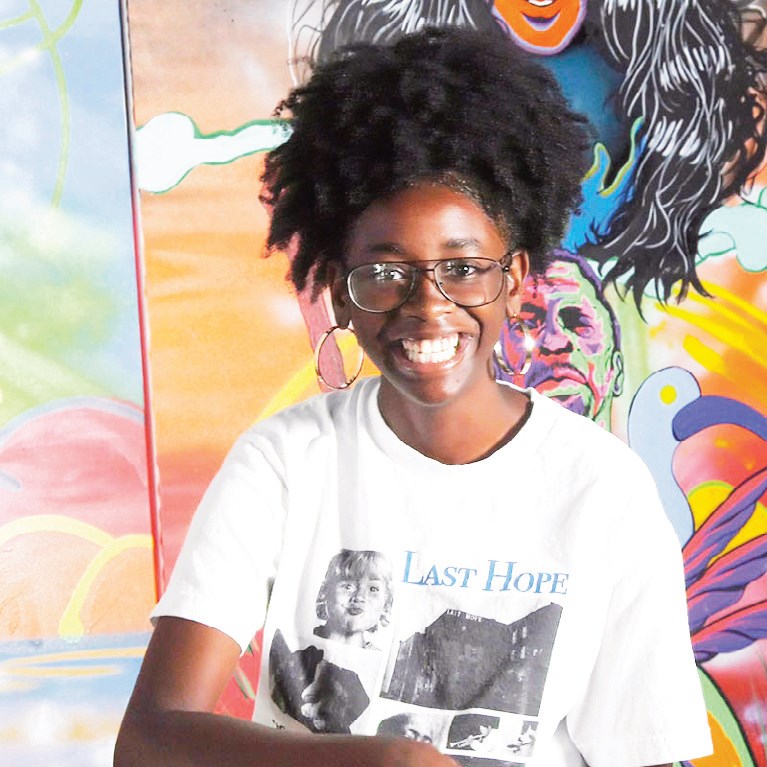
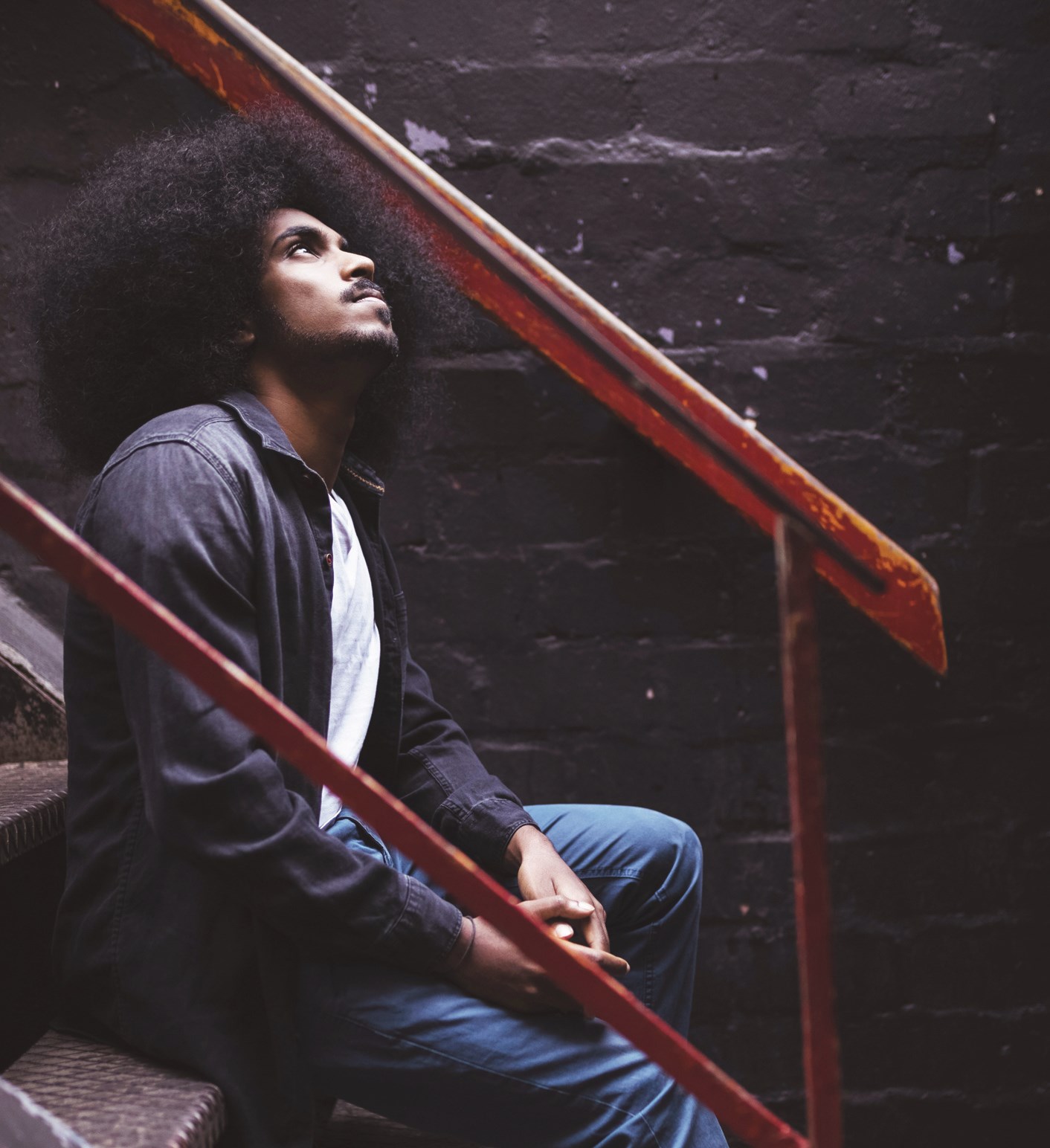
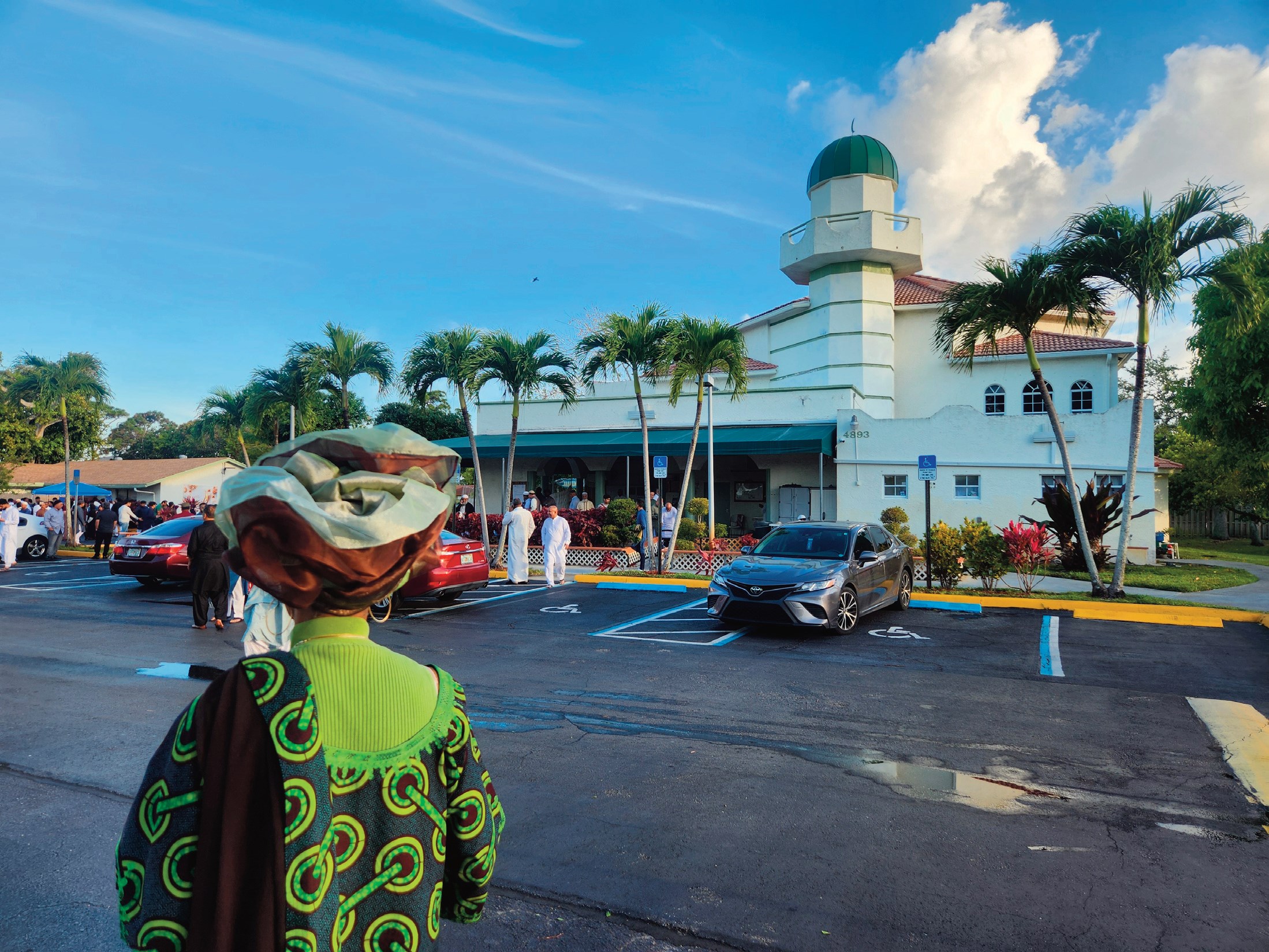



No Comment